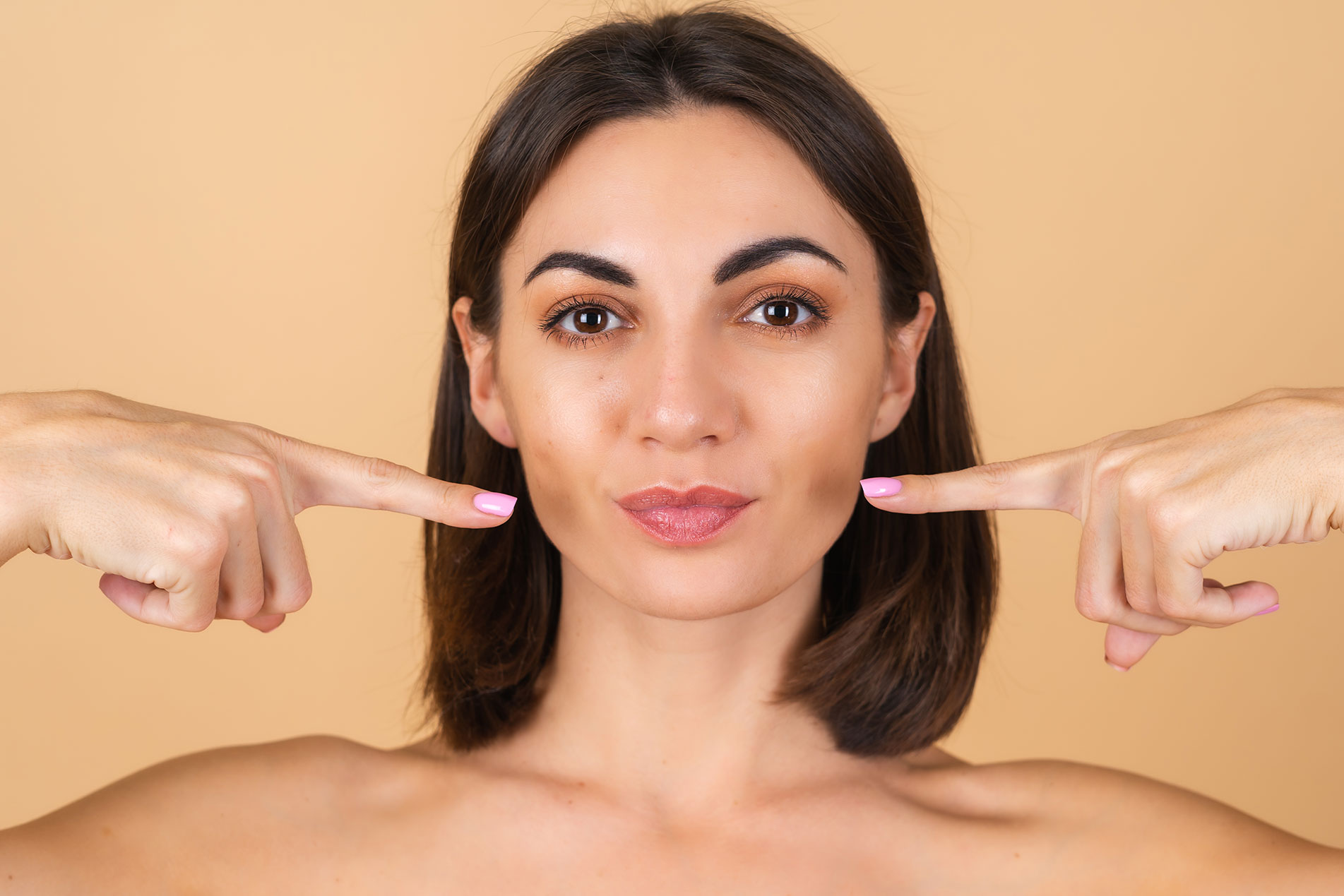More and more number of people are now looking for contours below the cheekbones and recently with celebrity endorsements of these procedures, there has been a rise in the requests for Buccal Fat Reduction. Buccal fat is a deep seated fat present between the cheek and jaw bones. Removal of buccal fat highlights the cheek bones and jawline. Everyone has buccal fat, some have more than others.
A buccal fat removal procedure, also known as cheek reduction surgery, is a type of plastic surgery aimed at reducing the volume of the cheeks. During the procedure, the buccal fat pads, located in the hollow areas of the cheeks, are permanently removed. By removing the buccal fat pads, this surgery can enhance the appearance of more prominent cheekbones. The size and shape of these fat pads differ among individuals and contribute to the contours below the cheekbones.
Ideal candidate:
- Young individuals who do not like the fullness of their cheeks giving a rounded appearance to their face.
- Healthy individuals with stable weight.
- Individuals who are not at a healthy and stable weight are advised not to have buccal fat removal surgery.
- Buccal fat removal is not recommended for individuals with thin, narrow faces.
Procedure:
Procedure is performed under local anaesthesia unless combined with bigger procedures when it is performed under general anaesthesia. Dr. Rani places a small incision on the inside of your mouth on both sides of your face to expose the buccal fat pads. A gentle pressure is applied on the fat pads and once they are exposed, they are teased out and removed. The incisions are then closed with sutures which dissolve over few weeks.
Recovery:
Recovery is generally quick. Dr. Rani explains how to care for your incisions. A special mouth rinse is provided to help with healing and avoid infection. You’ll be on a liquid diet for a day or two. Gradually, you can add soft foods to your diet after Dr. Rani suggests it is safe to do so. Patients should avoid strenuous activity for one week, although light activity can be performed as tolerated. Swelling, bruising, numbness and discomfort will diminish over a week or two, although swelling can persist for up to several months before you see the final results.
Potential Risks:
There are several potential side effects associated with buccal fat removal, including:
- Nerve injury resulting in muscle weakness
- Alterations in sensation
- Salivary duct injury
- Prolonged swelling
- Asymmetry
- Possibility of requiring revision surgery due to suboptimal results
What outcomes can be anticipated from a buccal fat removal procedure?
The results of a buccal fat removal procedure gradually manifest over a span of several months. However, it’s important to note that the final results can be influenced by significant fluctuations in weight, including both weight gain and weight loss.


